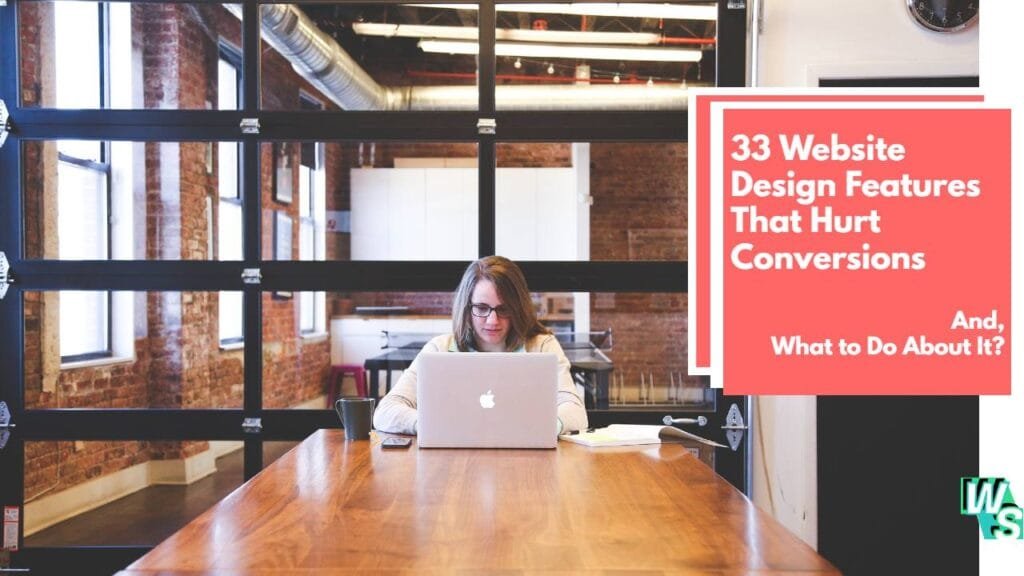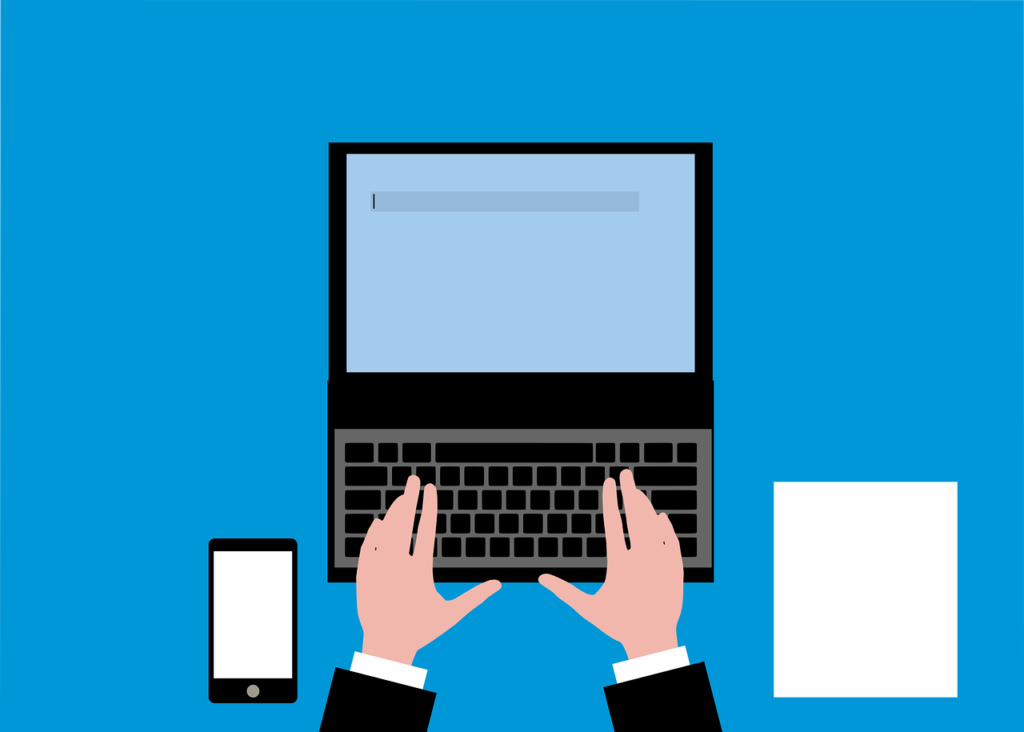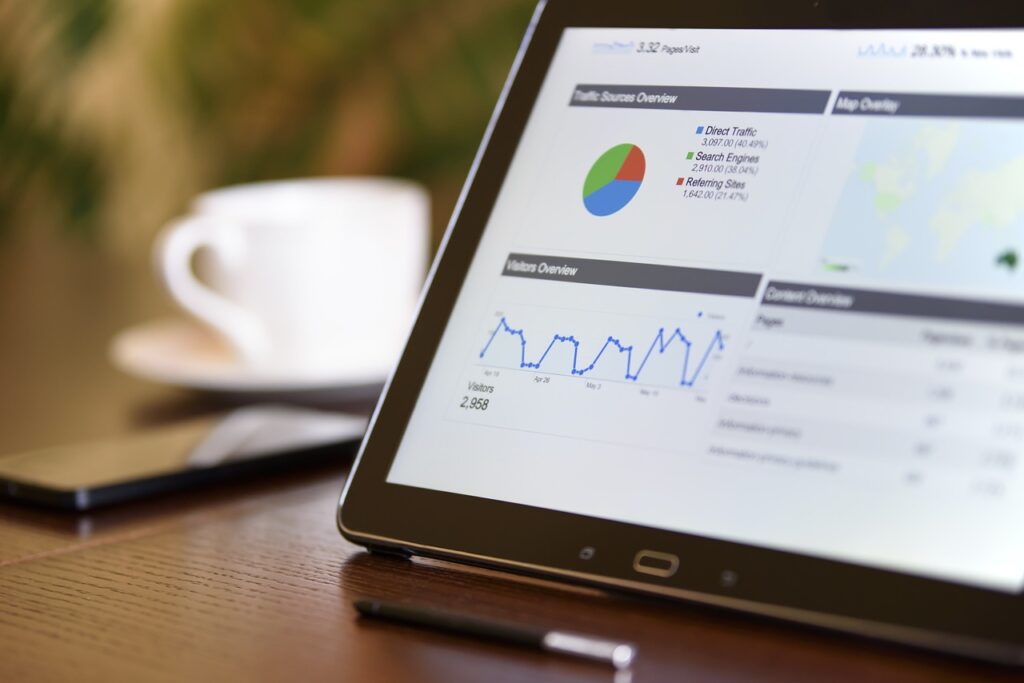Importance of Product Development
Nailing product development keeps your business zooming ahead and the competition eating your dust. Knowing the ropes and dodging potential pitfalls ensures your creations hit the sweet spot for consumers.
Strategic Product Innovation
To keep your brand in style, make strategic product innovation your mantra. This means cooking up products that are smart, backed by solid research, and given a thumbs-up through trials. Think of product design in six easy steps:
- Ideation: Let those creative juices flow to address market needs.
- Research: Dig into the market scene like a detective.
- Planning: Sketch out a clear path from idea to reality.
- Prototyping: Roll up your sleeves and get a working model out there.
- Testing: Gather some honest feedback to polish your creation.
- Product Launch: Show off the finished masterpiece after fine-tuning.
Following this recipe for product design and development can skyrocket your chances of launching a hit.
Market Research and Competitor Analysis
Grabbing a foothold in the market means doing your homework. Dig deep to ensure your product’s got the right stuff —from value to features—that your crowd is longing for.
Importance of Market Research
Why bother with market research? Here’s the scoop:
- It uncovers market black holes.
- Reveals what customers want (and what they don’t).
- Acts as a cheat sheet to tailor your design to real needs.
Competitor Analysis Table
| Competitor | Strengths | Weaknesses | Opportunities for Your Gizmo |
|---|---|---|---|
| Competitor A | A fierce fan club | Lacks variety | Beef up with novel features |
| Competitor B | Top-notch gear | Pricey | Market as a savvy-money choice |
| Competitor C | Everywhere reach | Sucky service | Shine in user care and support |
Routinely sizing up the competition ensures your products stand out like a neon sign. Looking for more tips? Peek at our take on market research for product development and new product development strategies.
Pairing strategic innovation with smart market digging gives your product development a boost. This power combo not only crafts things folks love but also keeps you from stumbling in design.
Product Design Strategies
Jump into the creative whirlpool of product development, and get ready to roll up your sleeves! This section’s all about the exciting journey of dreaming up and planning out groundbreaking products. Let your mind wander yet stay anchored by the crucial roles of prototyping and testing to make sure your product hits the bullseye.
Original Thought and Detailed Planning
Original thought? That’s what separates the trendsetters from the followers in product design. You’ve gotta nurture that creative spark and let your team’s imagination flow to cook up game-changing ideas tailored to what the market craves. Marry creativity with some sharp planning, and you’ve got products that resonate in the hearts and minds of your audience.
But hey, dreaming is just step one. You need to dig deep with research and follow a clear path to bring those ideas to life. Here’s your roadmap for turning daydreams into reality:
| Stage | Key Actions |
|---|---|
| Ideation | Cook up those breakthrough ideas |
| Research | Dive into what users want and what’s out there |
| Planning | Sketch out a roadmap with timelines |
| Prototyping | Get hands-on and start building those drafts |
| Testing | Test those waters with real user feedback |
| Launch | Hit the market and learn from real-world use |
Stick to these steps while keeping an eye on your business goals, and you’ll have a product that’s both dazzling and doable for your crowd.
Prototyping and Testing
No winging it here—prototyping is your golden ticket to see your ideas in action before going full throttle. Crafting prototypes lets you play and tweak designs while checking how users actually interact with them—saving bucks and brain cells! (Check out Copymate’s wisdom.)
Testing’s the peanut butter to prototyping’s jelly—it reveals those pesky glitches early in the game. Make it count with these steps:
- Develop a Minimum Viable Product (MVP): Whip up a bare-bones version showcasing the essentials.
- Conduct User Testing: Bring in folks to kick the tires and share their highs and lows with your creation.
- Iterate Based on Feedback: Tweak and polish based on what you learn, ironing out the quirks.
- Repeat Testing: Keep the loop going till your product’s the bee’s knees for both business aims and user delight.
Going through this cycle helps cut risks, jazz up your sales, and get the team in sync. By constantly refining through feedback, you’ll tap into what truly matters to your customers, setting the stage for a killer launch. Want more wisdom on mastering product development? Take a look at our insider’s guide.
Key Stages in Product Development
Grasping the essential steps in getting a product off the ground is vital for anyone at the helm of a business. Here’s an easy-to-follow guide that breaks down the journey from a lightbulb moment to brightening up store shelves.
Ideation and Conceptualization
Let’s kick things off with ideation and conceptualization – the birthplace of your next big thing! This stage is all about whipping up fresh ideas and turning them into promising projects. It’s like having a brainstorming session on caffeine: fast, intense, and delightfully creative.
Once you’ve got a juicy idea, stack it up against what folks actually need. The world is teeming with great concepts, but the real winners solve genuine problems. Use market research to fine-tune your vision; it’s your detective hat and magnifying glass all in one. And don’t forget to check out our insider tips on market research for product development.
Prototyping and Validation
Next, we move to prototyping and validation – think of this like playing with LEGO but way cooler. Here, you start piecing together early versions of your product to see if it walks the talk.
Whether you’re sketching it out or building a polished replica, these prototypes are your best tool for testing the waters. They’ll help you spot any bumps on the road before you start the full-scale assembly line. Feedback is your compass here, telling you if you’re headed in the right direction. Dive deeper into this phase with our guide on product development and management.
Launch and Feedback
Last but certainly not least is the launch and feedback phase. Picture this: your product is all dolled up and ready for the world. But before the curtain rises, make sure it resonates with real users.
Getting real-world reactions is like having a dress rehearsal before opening night. It confirms you’ve addressed what customers crave and polished that rough diamond to perfection. Positive feedback isn’t just a pat on the back; it’s a roadmap for future versions and tweaks. To master the art of launching, head over to our insights on a perfect product launch strategy.
By following these steps, you’ll breeze through each phase of product development. Use this method to make savvy choices about your project’s path and stand a better shot at basking in commercial success.
The Product Development Team
Creating a killer product isn’t a one-person show—it takes a village. The heart of good product design and development? Teamwork. Bringing your concept to life and getting it off to market means everyone in the product development team has to pull their weight.
Stakeholder Collaboration
Your product development gang includes a mixed bag of folks like product managers, project managers, designers, developers, marketing whizzes, sales pros, and the big bosses. Everyone brings something different to the party, making sure all the bases are covered. Getting these diverse minds to sync up is the secret sauce that aligns your goals and makes sure your product hits its sweet spot with consumers.
When everyone gets on the same page, they’re able to swap ideas, keep the convo flowing smoothly, and get a grip on the game plan and timelines. This kind of teamwork builds a sturdy starting block for innovation and tweaks as you go through the development stages. For the nitty-gritty on who does what, hit up the product development life cycle.
Role of Each Team Member
Figuring out who does what is key when you’re trying to nail the design and development process. Here’s a cheat sheet of the big players and their gigs in the team:
| Stakeholder Role | Responsibilities |
|---|---|
| Product Manager | Shapes the vision and game plan, keeps an eye on everything from the first idea to the market launch. |
| Project Manager | Keeps the project on track, juggles resources, and bridges the gap between different teams. |
| Designer | Cooks up product ideas, creates the look and feel, and makes sure it’s user-friendly. |
| Developer | Builds the product, writes the code, and finds tech solutions. |
| Marketer | Digs into market research, sets up the strategy, and plans how to make a splash at launch. |
| Sales Team | Dishes out customer feedback and highlights product perks to potential buyers. |
| Senior Management | Lines up the product efforts with company goals and offers strategic advice. |
Every team member chimes in at different steps of the stages of product development, sparking creativity and solving problems as they pop up, driving success. To keep tabs on who’s doing what and when, the product development checklist and product development roadmap can be your go-to guides.
Building strong bonds between stakeholders and defining everyone’s job are the cornerstones of effectively tackling the ups and downs of product development.
Iterative Design Process
Creating stuff people actually want is an art—well, more like a science really—and it all boils down to this thing called the iterative design process. This funky cycle is split into three big chunks: Assessment, Design, and Building. Basically, you’ve gotta tune in to what folks need and want, so you make something they’re jumping to get their hands on.
Assessment Phase
All right, the first stop is like detective work, where you snoop around user habits and quirks. You gotta figure out what’s bugging them and the real issue you gotta fix. The mission here is to totally get the lay of the land, so when you move onto design, you’re not just whistling in the dark.
Here’s what you’re doing:
- Getting up close and personal with users through chats, question sheets, or just hanging out and watching what they do.
- Checking out what’s already out there, seeing where others drop the ball or what cool stuff they have that you can do better.
- Hashing out all you’ve learned with your mates to make sure you’re all on the same page about what users actually want.
Getting user input now lays down a killer foundation for designing something users’ll love. Want to know more about understanding users? Check out market research for product development.
Design and Building Phase
Here comes the fun part—mixing a bit of arty flair with some head-banging engineering. Once you wrap up the assessment, it’s all about dreaming up and sketching out designs that nail what your users need. You’re gonna:
- Doodle your ideas, whip up some blueprints, and make little model versions for folks to tinker with.
- Keep getting feedback from real humans using these mock-ups to tweak and perfect your grand idea.
- Keep fine-tuning to sharpen usability and make sure everything works smooth as butter.
This collab vibe during design is like a party of ideas, with people from different fields all chiming in their two cents. Tools for visualizing stuff and routine check-ins become the order of the day as things get detailed, helping steer from a vague notion to a solid plan (Copymate). Regular check-ins with visual aids smooth out the trip from big ideas to real-life products (Devomech).
By going all-in with this iterative design gig, you make sure what you’re building is just what people needed, and they end up loving you for it because you listen. They’ll stick around, and maybe even tell their buddies. Curious about managing all this? Peek over at our stuff on product development and management.
User Feedback in Product Design
User feedback is like the secret sauce of product design and development. It gives you the lowdown on what folks are really thinking, feeling, and experiencing with your gizmo or gadget. Taking in this feedback and actually doing something with it makes sure your final product is spot on with what your users are hoping for, cranking up their overall happiness to eleven.
Importance of User Input
Bringing in user input at various stages in the design game is key to cooking up products that your crowd will really dig. When you chat with users early and on the regular, you get clued-up on their likes, their grumps, and how they go about using things. This info’s like gold dust for making picks that lead to slick designs that hit the mark, both in looks and in doing their job (UXtweak).
Here’s how user feedback pulls its weight:
| Benefit | Description |
|---|---|
| Hits the Mark with User Hopes | Designs powered by what users say tend to nail what they’re after, if not blow their expectations out of the water. |
| Boosts User Love | When users see you’re all ears, their interaction with your creation gets a bump. |
| Cranks Up Satisfaction and Loyalty | When your stuff fits them like a glove, they’re more likely to return for more. |
Getting feedback also acts as a sanity check for your design decisions. Checking out user reactions helps you spot what’s rocking and what’s flopping in your product, guiding you toward needed tweaks.
Incorporating Feedback Loop
A perpetual feedback loop is the bread and butter of the tinkering process in product design. This means scooping user feedback, not just once at the kickoff, but all through the product’s journey (Medium). Every feedback round lets you fine-tune and buff up your design bit by bit.
Here’s how to nail using a feedback loop:
- Keep Feedback Coming: Use surveys, run user tests, and hold focus groups during different stages of the game.
- Get All CSI on the Data: Dive into the feedback for nuggets of usefulness to steer your designs.
- Tweak and Polish: Rejig designs based on what users say and run it past them again to check the tweaks are on point.
- Keep Score of What You Learn: Jot down feedback and changes to keep things steady and track progress over time.
With a slick feedback loop, you get the thumbs-up on your design picks, spotlighting what’s working and what isn’t. This grueling yet rewarding process gives birth to designs that users just get, building a sturdy bond with your audience.
For more on putting users front and center, check out our takes on customer-centric product development and product development metrics.
Role of Prototyping in Development
Prototyping is like the magic glue in product design, holding ideas together and turning dreams into reality. It’s your secret weapon for checking boxes on both creativity and practicality in development.
Prototyping for Validation
When you roll up your sleeves and start crafting a prototype, you’re laying out your blueprints for an idea’s future. They can either be quick sketches or detail-packed replicas depending on where you’re at in the game. Prototypes let you poke and prod at usability, collect real-world feedback, and make adjustments before going all-in on production mode (UserTesting).
Sticking prototyping into your plan is like having a GPS for design, making sure you’re headed the right way to get your product ready for the market. It’s about seeing if your bright ideas will actually strike a chord with users when the rubber meets the road.
| Prototyping Type | Description | Purpose |
|---|---|---|
| Low-Fidelity | Quick sketches or basic models | Idea validation at its earliest stages |
| High-Fidelity | Detailed, life-like versions | Feedback on usability and user experience |
These visual mock-ups squelch misunderstandings and keep everyone eyeing the same goals, sidestepping those costly hiccups that pop up if something’s gotta change post-production.
Prototyping for Innovation
Don’t think of prototyping as just a checklist item—it’s your playground for innovation. Here, you can tinker with wacky ideas and flip conventional thinking on its head. Prototyping sparks conversation within your crew, getting everyone on the same page about the crazy cool design ideas.
Experiment all you want. Prototyping means you can tweak, twist, and twiddle without burning through stacks of cash, lowering the risks tied to the refining process (Copymate). The hands-on messiness of prototyping can bring you to those “ah-ha!” moments that bump up your product’s appeal out in the wild.
All in all, getting ahead in the prototyping stage shaves off time from your development journey, rolling out more winning products. For a deeper dive into the nitty-gritty stages of development, have a look at the stages of product development or the product development life cycle.
Challenges in Product Design
Dealing with the twists and turns of product design can trip you up and make your plans wobbly. Two big hurdles you’ll face are figuring out what’s doable and getting the user’s needs wrong.
Feasibility Woes
Feasibility roadblocks rear their ugly heads when you’re brainstorming or cooking up new ideas. These headaches are often about costs, whether people will like your idea, and if the tech will hold up. Checking if your wild ideas can actually take flight, right from the get-go, is smart. Run a feasibility study to catch any ugly surprises lurking in the background that could squish your project. Catching these issues early keeps the bad surprises away and helps make sure spending all those bucks actually makes sense.
| What to Consider | What’s the Issue? |
|---|---|
| Cost | Keeping tabs on your wallet might limit how fancy you can get with materials and methods. |
| Market Love | You gotta know if folks will dig what you’re selling. |
| Tech Tricks | Make sure the gizmos jam with the product’s bells and whistles. |
Getting User Needs Off Track
Another speed bump is not really getting who your customer is, which is a fast track to making product duds. Misreading your user’s vibe can make things go south quick. To dodge this mistake, grab some intel through quizzes, chats, or testing if your idea clicks. These channels help you get the user’s story straight, so what you whip up meets their heart’s desires.
| Misinterpretation Blunders | What Could Go Sour? |
|---|---|
| Knowing Your Crowd | If you don’t nail your audience, you could end up throwing money down the drain. |
| Feedback Loopholes | Skipping user chatter might leave you with a product nobody wants. |
Tackling these stumbling blocks gives your product journey better odds of jackpot and polishes up how you roll out your shiny new thing. It sets you up to handle the mess and puzzles of creating and developing your product with more savvy.



















